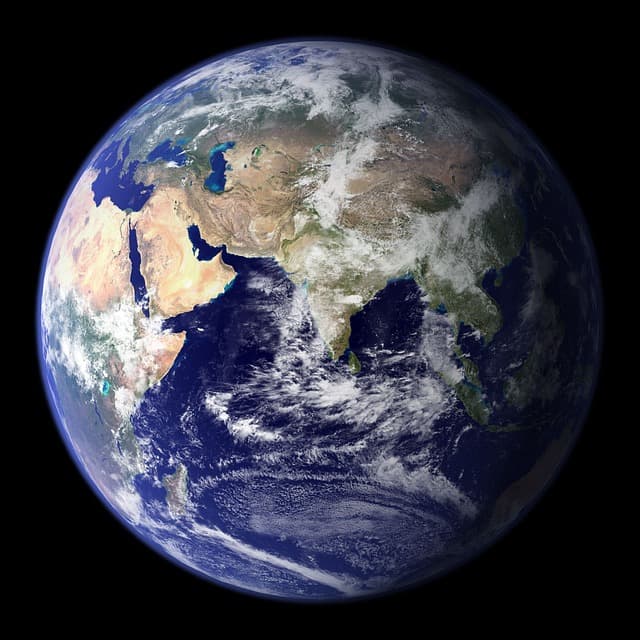Animals without bones
I can compare and group invertebrate animals, based on the structure of their bodies.
Animals without bones
I can compare and group invertebrate animals, based on the structure of their bodies.
These resources will be removed by end of Summer Term 2025.
Switch to our new teaching resources now - designed by teachers and leading subject experts, and tested in classrooms.
These resources were created for remote use during the pandemic and are not designed for classroom teaching.
Lesson details
Key learning points
- Some animals do not have any bones.
- Animals that do not have bones, including a spine, inside their bodies are called invertebrates.
- Some invertebrate animals have a hard layer or shell for protection on the outside of their bodies called an exoskeleton
- Some invertebrate animals' bodies are filled with fluid, such as worms and jellyfish.
Keywords
Invertebrates - Animals that do not have bones, including a spine, on the inside of their bodies are invertebrates.
Spine - The backbone of an animal is also called its spine.
Exoskeleton - An exoskeleton is the hard outer layer that covers, supports, and protects the body of an invertebrate.
Compare - We compare things by looking at what is the same and what is different.
Fluid - A fluid is a gas or liquid that moves freely.
Common misconception
Pupils may believe if an animal has a head, extremities and an external skeleton it is a vertebrate.
Share images of lots of animals with exoskeletons and compare them to a knight that puts on armour to protect themselves from injury.
To help you plan your year 3 science lesson on: Animals without bones, download all teaching resources for free and adapt to suit your pupils' needs...
To help you plan your year 3 science lesson on: Animals without bones, download all teaching resources for free and adapt to suit your pupils' needs.
The starter quiz will activate and check your pupils' prior knowledge, with versions available both with and without answers in PDF format.
We use learning cycles to break down learning into key concepts or ideas linked to the learning outcome. Each learning cycle features explanations with checks for understanding and practice tasks with feedback. All of this is found in our slide decks, ready for you to download and edit. The practice tasks are also available as printable worksheets and some lessons have additional materials with extra material you might need for teaching the lesson.
The assessment exit quiz will test your pupils' understanding of the key learning points.
Our video is a tool for planning, showing how other teachers might teach the lesson, offering helpful tips, modelled explanations and inspiration for your own delivery in the classroom. Plus, you can set it as homework or revision for pupils and keep their learning on track by sharing an online pupil version of this lesson.
Explore more key stage 2 science lessons from the Introduction to the human skeleton and muscles unit, dive into the full secondary science curriculum, or learn more about lesson planning.

Equipment
Secondary resources to research invertebrates. Look for videos of animals shedding exoskeletons.
Content guidance
- Risk assessment required - equipment
- Exploration of objects
Supervision
Adult supervision required
Licence
Starter quiz
6 Questions






Exit quiz
6 Questions



invertebrate
vertebrate
invertebrate
vertebrate
invertebrate
vertebrate





